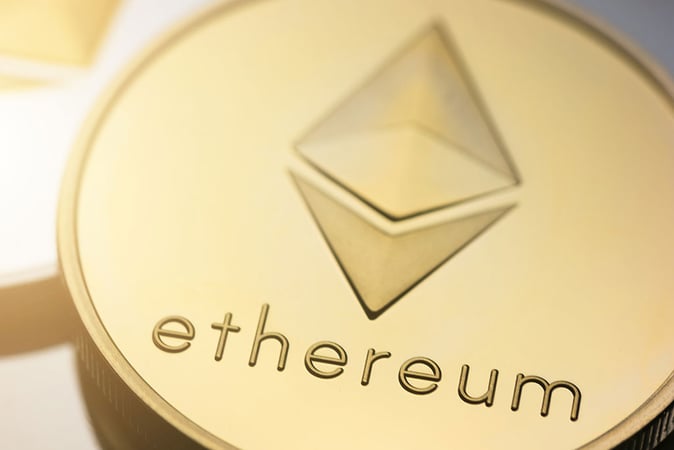Ethereum developers have recently proposed a significant change to the network’s protocol by suggesting to increase the maximum effective balance per validator from 32 ETH to 2048 ETH. This proposal has garnered attention and sparked discussions among the Ethereum community.
Validators are an essential component of Ethereum’s Proof-of-Stake (PoS) consensus mechanism. They are responsible for validating and adding new blocks to the blockchain. These validators must hold a certain amount of ether (ETH) as a stake to participate in the network’s consensus process. The current maximum effective balance per validator is set at 32 ETH, meaning that validators are required to hold at least this amount to contribute to the network’s security.
The proposal to increase the maximum effective balance aims to address several concerns and provide several benefits to the Ethereum ecosystem. One of the main rationales behind this proposition is to enhance the security of the network. By requiring validators to hold a larger stake, it becomes more expensive for malicious actors to attack the network. This acts as a deterrent against potential attacks and strengthens the overall security of the Ethereum blockchain.
Increased security is not the only advantage of this proposal. Ethereum developers believe that increasing the maximum effective balance would also promote network decentralization. With a higher stake requirement, validators need to cover a greater amount of ETH, potentially leading to a reduction in the total number of validators. This effect could prevent centralization by discouraging large centralized entities from hoarding a significant portion of the network’s validator slots, thereby encouraging a more diverse and distributed set of validators.
Furthermore, the proposal aims to address scalability concerns. Ethereum has faced scalability issues in the past, primarily due to the rise of decentralized applications (DApps) and increased usage of the network. By increasing the maximum effective balance, Ethereum developers hope to incentivize more individuals and institutions to become validators. This, in turn, would increase the network’s capacity and potentially alleviate congestion issues.
However, concerns have also been raised regarding this proposal. One of the main criticisms pertains to accessibility and the potential exclusion of smaller validators. Increasing the maximum effective balance to 2048 ETH could prevent smaller stakeholders from participating in the consensus mechanism, effectively favoring larger players with more resources. This could lead to an imbalance in the network’s governance and decision-making process.
Additionally, increasing the maximum effective balance could also potentially increase the risk of centralization. If the entry barrier is significantly raised, it might further concentrate power in the hands of wealthy entities that can afford the substantial ETH requirement. This could undermine the decentralized nature of Ethereum and reduce its resistance to censorship and control by centralized authorities.
The Ethereum community is currently actively discussing and analyzing the potential implications of this proposal. Many individuals are providing feedback and suggestions to address the concerns and find a balanced solution. Ultimately, Ethereum developers and stakeholders will need to carefully evaluate the benefits and risks of increasing the maximum effective balance before making a final decision.
It is important to note that any proposed changes to Ethereum’s protocol, including this one, must go through a rigorous and inclusive decision-making process. The Ethereum community values transparency, open discussions, and consensus-based decision-making to ensure the network’s long-term success.
Overall, the proposal to increase the maximum effective balance per validator from 32 ETH to 2048 ETH presents an intriguing possibility for enhancing Ethereum’s security, scalability, and decentralization. However, it also raises important questions and concerns that need to be thoroughly addressed to maintain the network’s core principles and foster inclusivity within the Ethereum ecosystem. It will be fascinating to observe how the Ethereum community navigates these discussions and shapes the future of the network.
